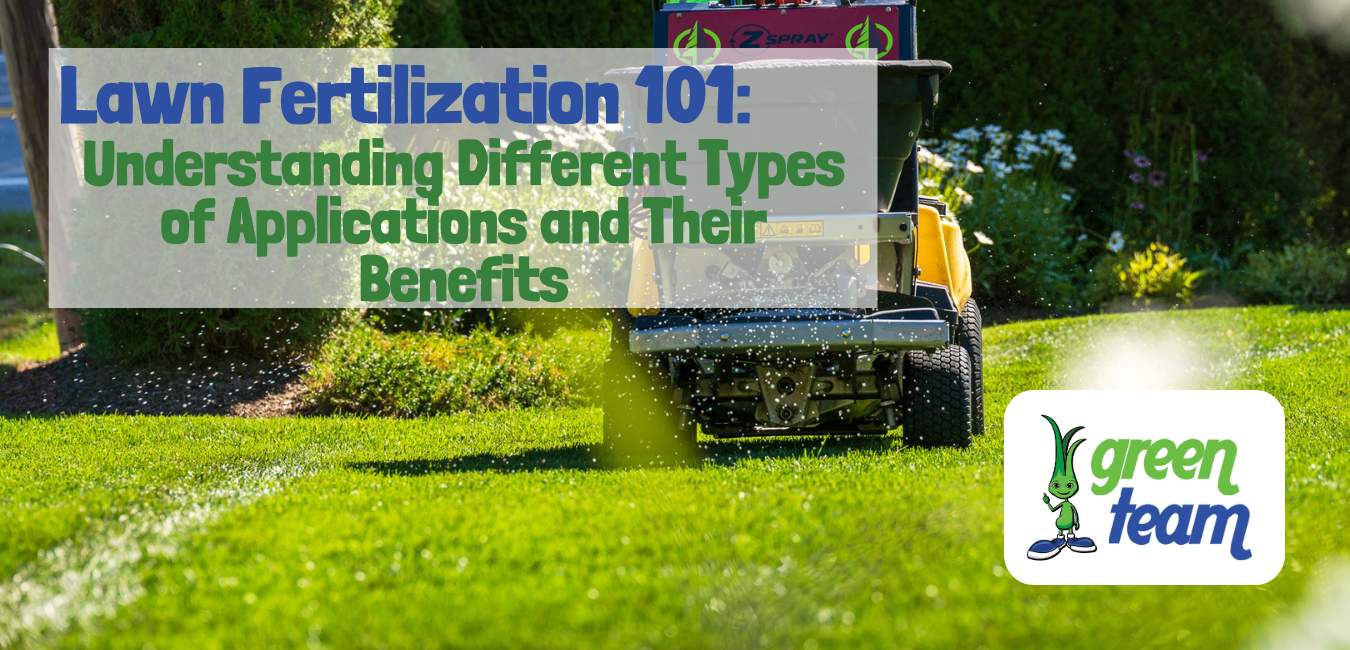
Lawn Fertilization 101: Understanding Different Types of Applications and Their Benefits
Figuring out how to keep your lawn looking its best can be confusing, especially when it comes to fertilization. You want your lawn to be the envy of the neighborhood, but knowing what’s best for your grass isn’t always straightforward.
Getting your fertilization right is key to having a lawn that stands out.
Let’s explore the basics of fertilization and the benefits of a five application program so you can transform your yard into the lawn of your dreams.
The Basics of Lawn Fertilization
Fertilizing your lawn is essential for maintaining a healthy, lush, and vibrant yard. Just like any other plant, grass requires a variety of nutrients to grow strong and resist pests, diseases, and environmental stressors. Over time, the soil in your lawn can become depleted of these vital nutrients due to natural processes, such as rainfall, runoff, and grass clipping removal. Fertilization replenishes these nutrients, ensuring that your lawn receives the necessary support to thrive.
Fertilization involves applying substances to your lawn that supply essential nutrients needed for plant growth. These substances, known as fertilizers, can be either synthetic (chemically created) or organic (derived from natural sources). Fertilizers come in various forms, including granular and liquid forms, each with specific benefits and application methods.
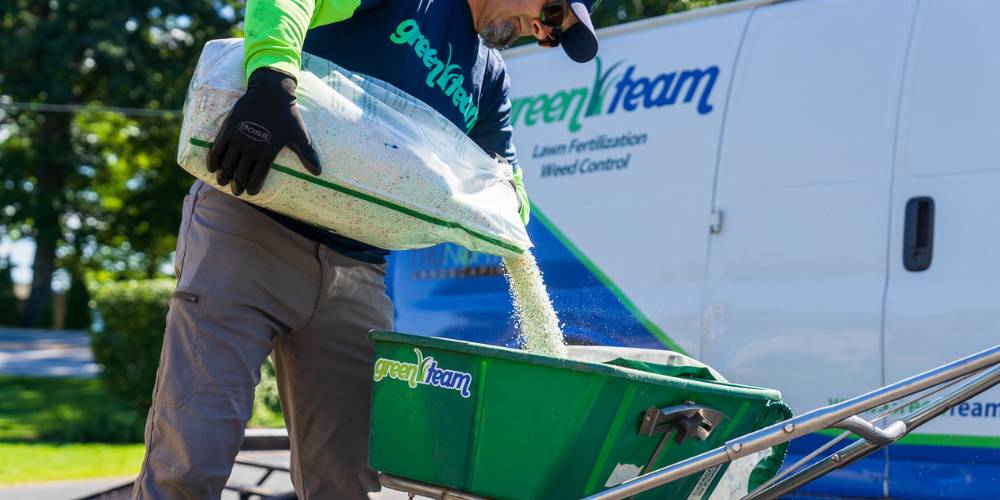
How Fertilization Helps Your Lawn
Fertilizers provide essential nutrients that are crucial for various aspects of grass health and growth. These nutrients support:
• Root Development: Strong, healthy roots anchor the grass and improve its ability to absorb water and nutrients.
• Leaf Growth: Fertilizers promote lush, green foliage, enhancing the overall appearance of your lawn.
• Disease Resistance: Well-nourished grass is better equipped to resist diseases and pests.
• Stress Tolerance: Proper nutrition helps your lawn withstand environmental stresses, such as drought and temperature extremes.

Typical Nutrients Found in Fertilizers
Fertilizers contain a mix of essential nutrients that are critical for lawn health. The three primary nutrients are:
- Nitrogen (N): Nitrogen is crucial for promoting vigorous leaf and stem growth, resulting in a lush, green lawn. It enhances chlorophyll production, which is responsible for the grass’s green color and its ability to perform photosynthesis.
- Phosphorus (P): Phosphorus supports root development and overall plant vigor. It is essential for energy transfer within the plant and helps establish a strong root system, which improves nutrient and water uptake.
- Potassium (K): Potassium contributes to overall plant health by improving drought resistance, disease tolerance, and stress resilience. It helps regulate various physiological processes within the grass, including water absorption and enzyme activation.
In addition to these primary nutrients, some fertilizers also contain secondary nutrients and micronutrients, such as calcium, magnesium, and iron, which support various functions and contribute to the overall health of your lawn.
Understanding these basics of lawn fertilization helps you make informed decisions about how to best care for your lawn. Whether you’re tackling fertilization yourself or seeking professional advice, knowing the role of each nutrient and how they benefit your grass is key to achieving a beautiful and healthy lawn.
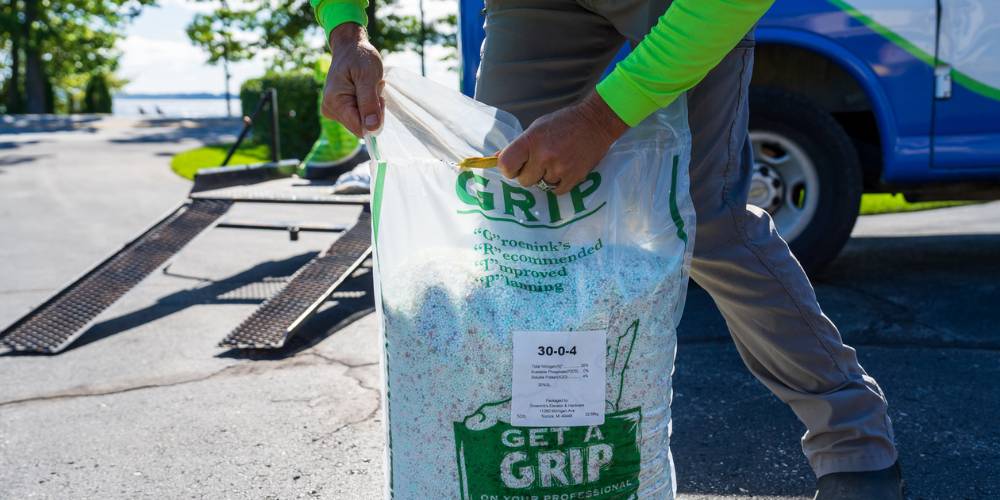
Benefits of a 5-Application Fertilization Program
A five-application fertilization program is designed to address the specific needs of your lawn throughout the growing season, ensuring it remains vibrant and resilient. Here’s a breakdown of the benefits of each application, when it should be applied, and how it contributes to your lawn’s overall health.
-
Early Spring Application: Kickstarting Growth
As winter fades, your lawn begins to wake up from its dormant state. The early spring application provides a balanced dose of nutrients, particularly nitrogen, which is essential for promoting new growth and reviving your lawn’s green color. Apply April to early May when the ground is no longer frozen.
This application helps jumpstart your lawn’s growth, providing it with the energy it needs to recover from winter stress and start the growing season strong. It also holds pre-emergent weed control benefits to help battle tough weeds like crabgrass.
-
Late Spring Application: Strengthening for Summer
As temperatures rise, your lawn enters its peak growing period. The late spring application is crucial for strengthening your grass and preparing it for the stresses of summer, including heat and potential drought conditions. Apply typically in early June.
This application continues to support growth and helps build a thicker, more resilient lawn, reducing the likelihood of weed infestations.
-
Summer Application: Maintaining Health During Stressful Conditions
Summer can be tough on lawns due to high temperatures and inconsistent rainfall. The summer application focuses on maintaining lawn health during these challenging conditions. It typically includes slow-release nitrogen to provide steady nourishment without encouraging excessive growth that can stress the lawn. This application is usually applied in July.
This application helps your lawn retain its color and strength, even in the heat of summer and supports the lawn’s ability to resist diseases and pests.
-
Early Fall Application: Recovery and Preparation for Winter
As the temperatures begin to cool, your lawn starts to recover from the summer’s heat. The early fall application is designed to aid in this recovery while also preparing the lawn for the cooler months ahead. Apply in late August to early September.
This application promotes root development, which is crucial for a healthy lawn in the following spring. It also helps repair any damage caused during the summer, ensuring your lawn is thick and healthy as it heads into winter.
-
Late Fall Application: Building Resilience for Winter
The final application of the season focuses on building the lawn’s resilience for the winter months. It typically includes a higher concentration of potassium, which helps strengthen the root system and improve the lawn’s tolerance to cold temperatures. Apply in October.
This application ensures that your lawn remains healthy and strong through the winter, allowing it to emerge in the spring ready to grow. It also helps reduce the risk of winter-related diseases and damage.
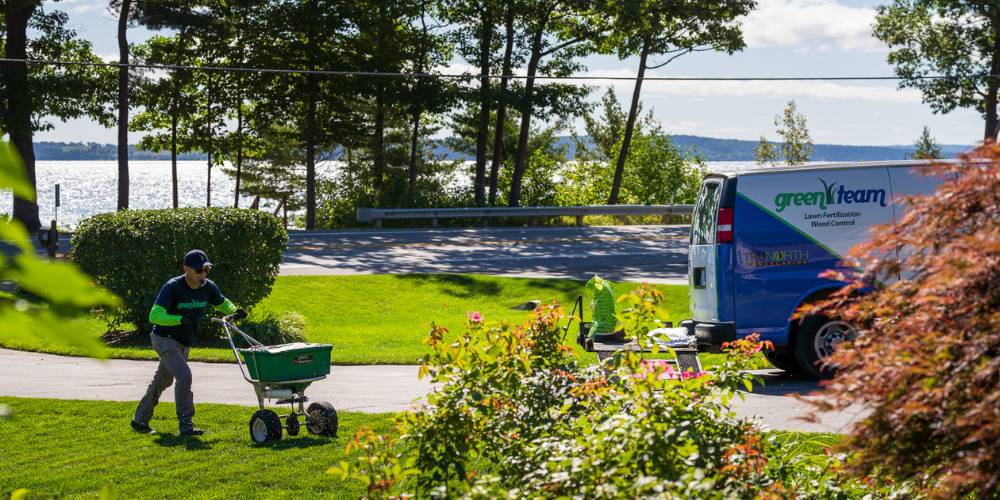
Partnering with a Lawn Care Specialist for Turf Fertilization
Taking care of your lawn can be a big job, and fertilization is a key part of that process. By following a 5-application program, you’re giving your lawn the best chance to flourish here in Northern Michigan. However, lawn care isn’t just about applying fertilizer—it’s about understanding the needs of your grass and knowing how to meet them at the right times.
That’s where Green Team comes in. With years of experience and a deep understanding of local lawns, we can take the guesswork out of lawn care for you. Our professional team is dedicated to helping your lawn reach its full potential, so you can enjoy a beautiful, healthy yard without the stress.
Ready to partner with the Green Team to improve the look of your lawn? Fill out our contact form today!
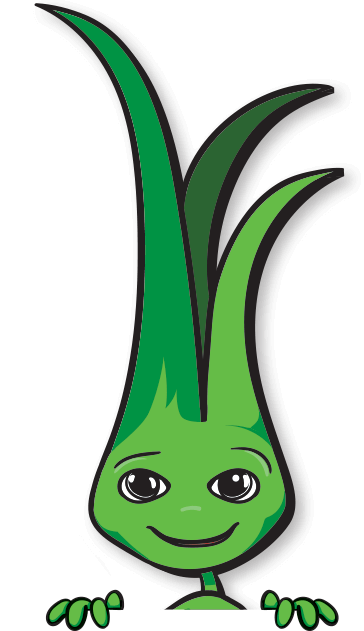
Stay in “the know”! Sign up for our free quarterly newsletter to learn tips & tricks for maintaining the perfect yard.
We take your personal information very seriously. We will not share any of the information you provide with any 3rd parties. Provided information will be used specifically to contact you in regards to your inquiry.
Get Started Today
– 1 –
Give us a call or get started by filling out our contact form
– 2 –
Talk with one of our professionals about a plan that works best for you
– 3 –
Sit back and relax. The Green Team will come out swinging



